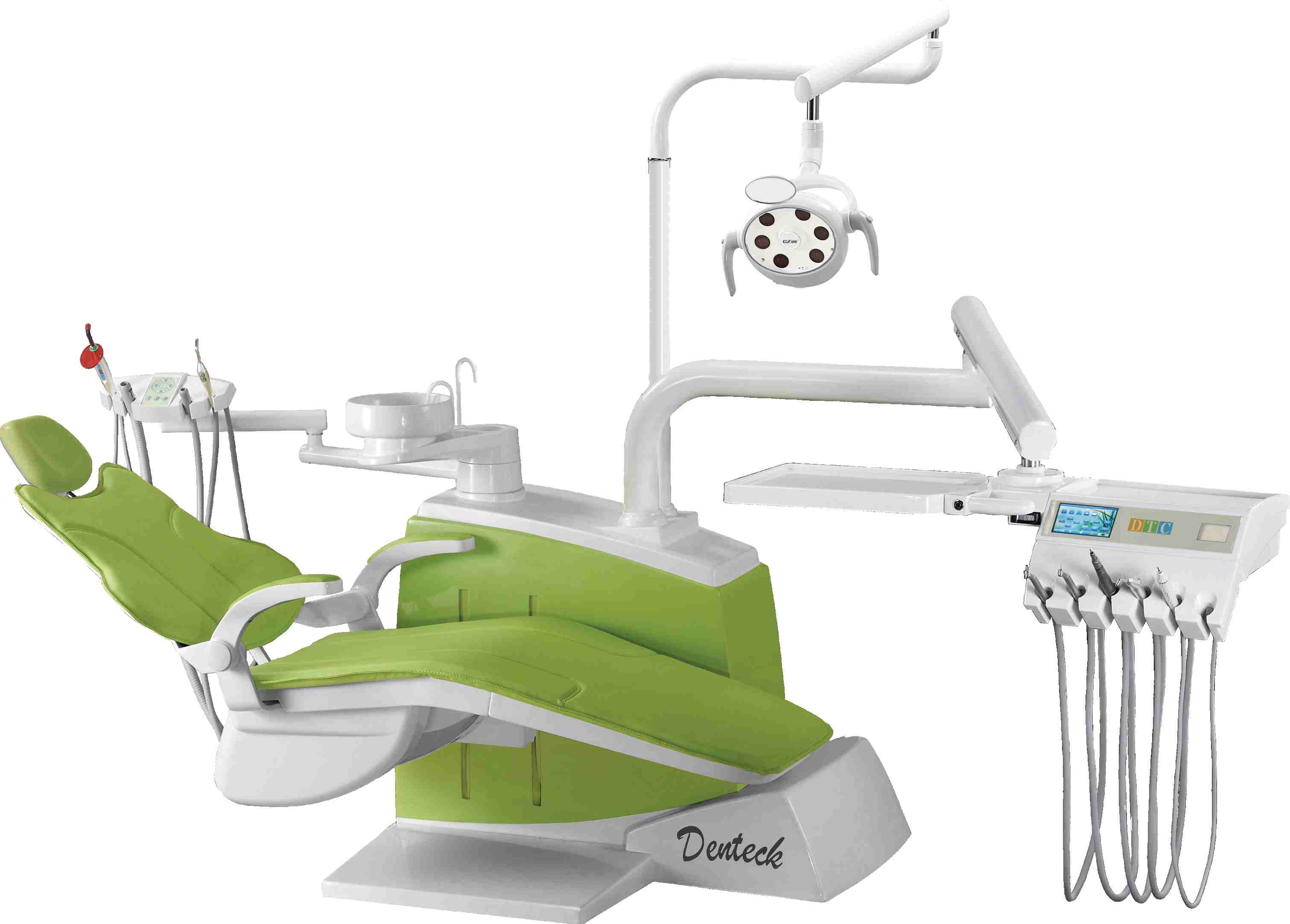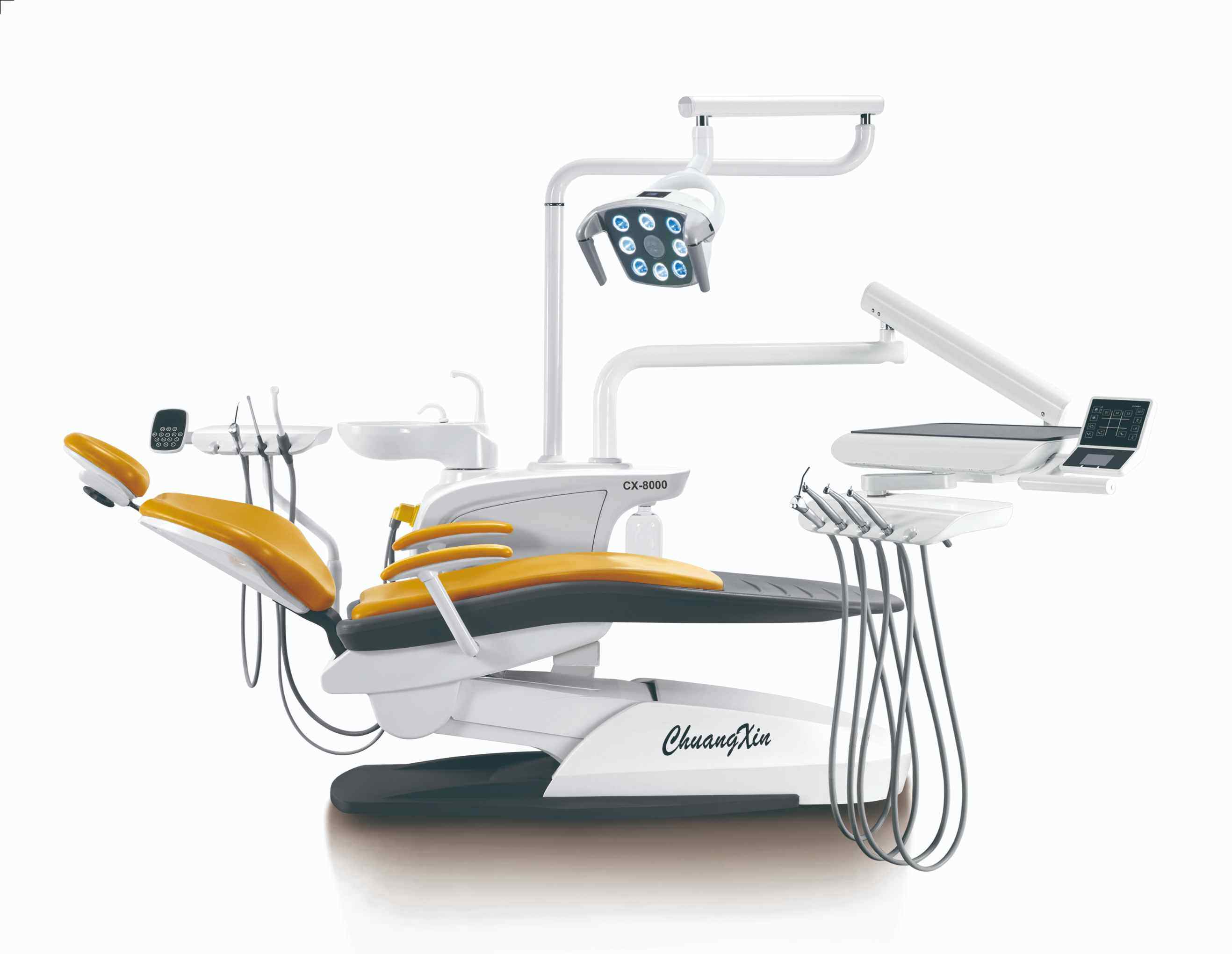The world of dental care often relies on advanced technology to ensure precise diagnoses and effective treatments. Among these essential tools stands the Dental X-Ray Unit, an integral component in modern dentistry. In this article, we delve into the depths of this pivotal apparatus, exploring its functionality, types, safety, and much more.
A dental X-ray unit is a specialized device designed for capturing detailed images of teeth, gums, and surrounding oral structures. It utilizes controlled doses of radiation to produce high-quality images that aid dentists in diagnosing various dental conditions. These images, known as X-rays or radiographs, provide crucial insights not visible to the naked eye.
Dental X-rays operate on the principle of electromagnetic radiation. When X-rays pass through the oral cavity, different structures (teeth, bone, and soft tissues) absorb varying amounts of radiation based on their density. A sensor or film captures these rays after they pass through the mouth, forming an image where denser structures appear as shadows or shades of gray.
.jpg)
The Dental X-ray unit serves several critical functions that are integral to modern dental practice. Here are the primary functions:
●Detection of Dental Issues: Dental X-rays are crucial for identifying various dental problems that might not be visible during a routine oral examination. They help in detecting cavities, gum diseases, infections, and abnormalities in tooth structure or bone density.
●Assessment of Oral Health: X-rays provide detailed insights into the overall oral health of patients, allowing dentists to diagnose conditions like impacted teeth, abscesses, cysts, and tumors.
●Guidance for Procedures: X-rays play a pivotal role in treatment planning. They assist dentists in planning and executing complex procedures such as root canals, dental implants, orthodontic treatments, and oral surgeries by providing a clear view of the affected area.
●Evaluation of Growth and Development: In pediatric dentistry, X-rays help monitor the growth and development of children's teeth and jaws, aiding in timely interventions if any issues are detected.

●Assessment of Treatment Efficacy: X-rays are used to monitor the progress of ongoing treatments, such as tracking the movement of teeth during orthodontic procedures or evaluating the healing of bone following surgical interventions.
●Long-Term Oral Health Management: Regular X-rays taken at intervals help dentists track changes in oral health over time, facilitating proactive measures to maintain optimal dental wellness.
●Visual Aid for Patient Understanding: X-ray images serve as visual aids, allowing dentists to illustrate and explain dental conditions or treatment plans to patients. This enhances patient understanding and involvement in their dental care.
●Early Detection of Issues: Dental X-rays aid in the early detection of dental problems, enabling prompt intervention. This preventive approach can minimize the progression of dental issues and reduce the need for extensive treatments.
●Contribution to Dental Research: X-rays contribute to dental research by providing valuable data for studying oral health trends, treatment outcomes, and advancements in dental technology.
●Training and Education: Dental X-rays are indispensable in educating future dental professionals, allowing students to learn about diagnosing oral conditions and understanding treatment planning.

While X-rays involve exposure to low levels of radiation, advancements in technology and stringent safety measures have significantly minimized associated risks. The dosage used in dental X-rays is considered safe for patients. Additionally, lead aprons and thyroid collars are often employed to protect other body parts from unnecessary exposure.
In conclusion, Dental X-Ray Units stand as indispensable assets in the realm of dental care, enabling practitioners to conduct thorough assessments and devise precise treatment plans. While safety remains a concern in any procedure involving radiation, the benefits of accurate diagnoses and improved oral health outcomes outweigh the minimal risks associated with these invaluable tools.